Guy Fawkes Night has become a strange thing in Britain.
What was once an important part of our collective cultural heritage – remembering the overthrow of the Gunpowder Plot where plotters attempted to murder the King and Parliament at a time of huge religious and political upheaval when the British asserted their independence from a corrupt foreign Catholic Church – has largely been commercialised and sanitised.
I even recently heard someone conflate it with Diwali the Hindu festival of lights.
An act was passed in January 1606, 2 months after the capture of Guy Fawkes: ‘An Acte for a publique Thancksgiving to Almighty God everie yeere of the Fifte day of November’ ‘be held in a perpetual Remembrance’ and that the day be ‘a holiday for ever in thankfulness to God for the deliverance and detestation of the Papists’.
This is the reason that all over Britain we have firework displays, and youths with cheap fireworks aimed at dogs and the police cause havoc.
The Million Mask March and V for Vendetta book and film have confused the story and created a folk hero of Guy Fawkes. He is seen not as Britain’s most notorious traitor but as an anti-establishment hero who tried to destroy an oppressive government (OK, the Puritans were then in charge), but that is not the whole case. He was part of a plot to re-establish an oppressive Catholic leadership that had hunted down, tortured and martyred hundreds of Protestant dissenters.
In one part of England there is a strong and solemn remembrance of the Protestant Martyrs. That place is Lewes in East Sussex.
The Martyrs they commemorate pre-date the Gunpowder Plot by some 50 years. Understanding that people who read Tyndale’s English Bible were burned at the stake so close to London just fifty years before Guy Fawkes’ plot goes some way to explaining why our country has for so long celebrated that the Gunpowder Plot was overthrown.
I only hope that 4-500 years from now there are similar celebrations in Syria of the ancient history of a brutal religious regime that has long been overthrown.
Lewes is one of many bonfire celebrations across Sussex, but is by far the most elaborate and the most focused on remembrance of Martyrs past. 17 burning crosses are carried by each of 7 different Bonfire Societies, in remembrance of the 17 Lewes Martyrs and burning barrels are tossed in the river.
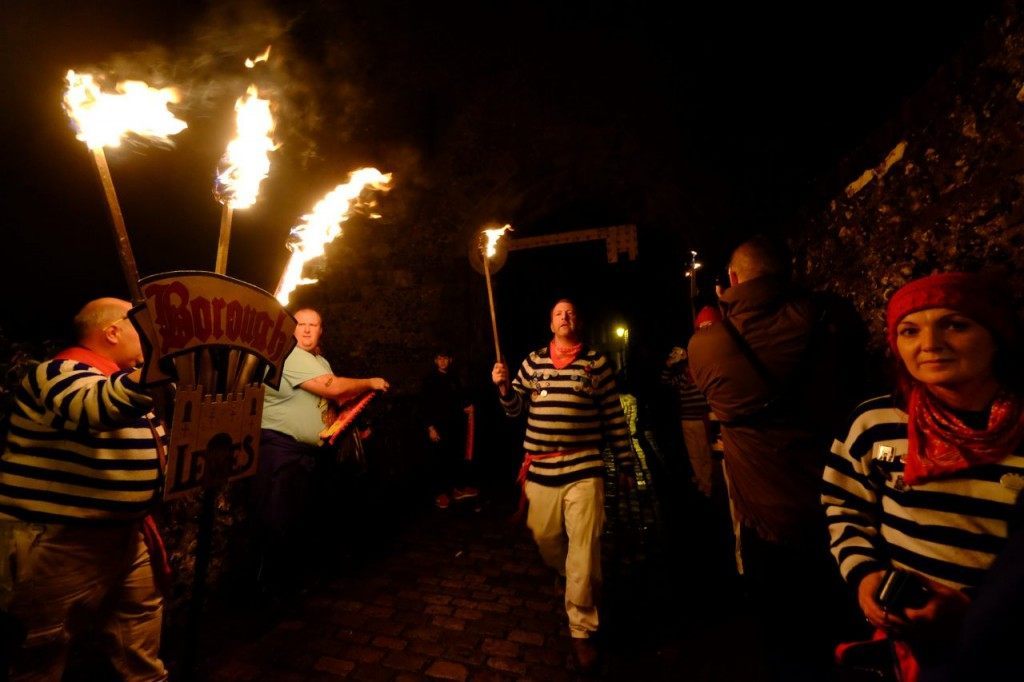
The Lewes Borough Bonfire Society at the gates of Lewes Castle preparing for tonight’s events with a bonfire prayer and a lot of firecrackers. (Breitbart London/Rachel Megawhat)
There are anti-papist calls but the mood is very clear that this is not a sectarian attack on the modern Catholic Church or its members. It is a historical attack on a specific pope – Pope Paul IV.
There is also a modern aspect where effigies of those that have been considered ‘enemies of the bonfire’ that year are burned. This year a 50 foot one is expected. Secrecy is high so the subject of effigies will not be known until the night, even by some Bonfire Society members.
It is a very complex event which is easy to dismiss as a carnival type parade, but the fact that burning crosses are still carried in remembrance of Protestant Martyrs anywhere in modern ‘heath and safety’ obsessed, politically correct Britain speaks of a drive to stay true to ourselves that many feel we have lost.
As the motto of the Bonfire Societies says: “We won’t be druv.“
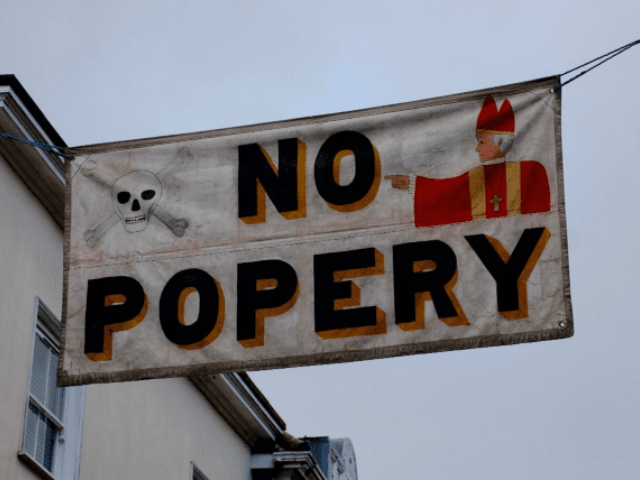

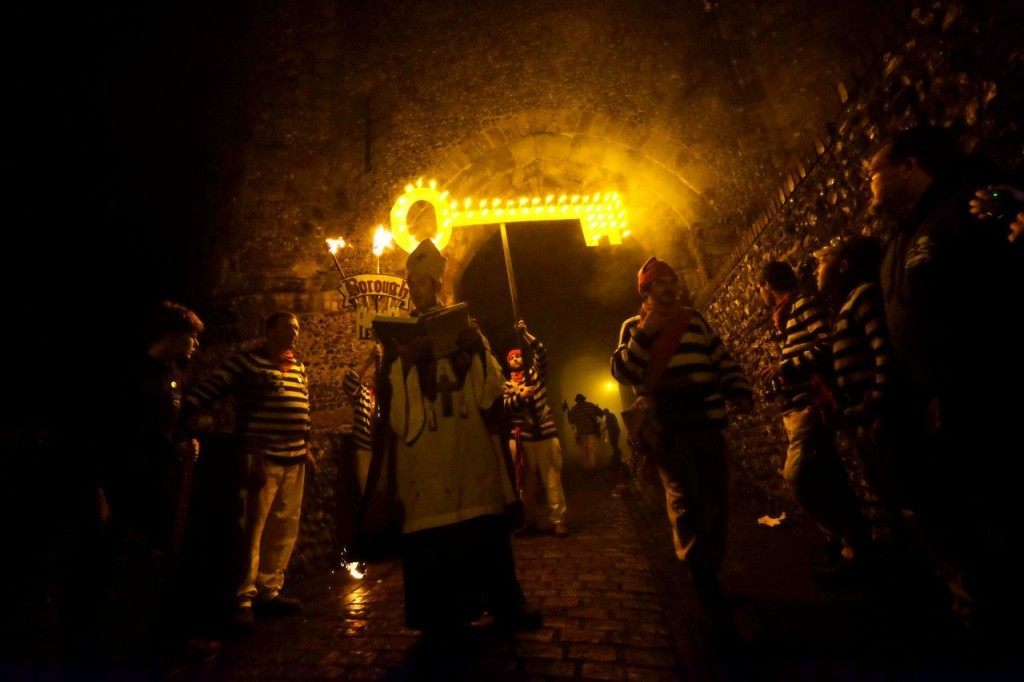
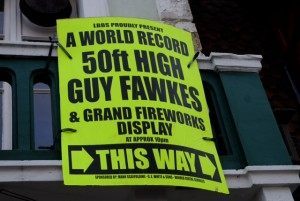
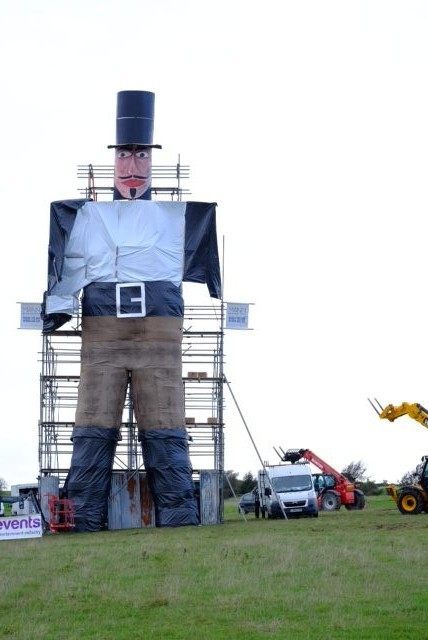
COMMENTS
Please let us know if you're having issues with commenting.